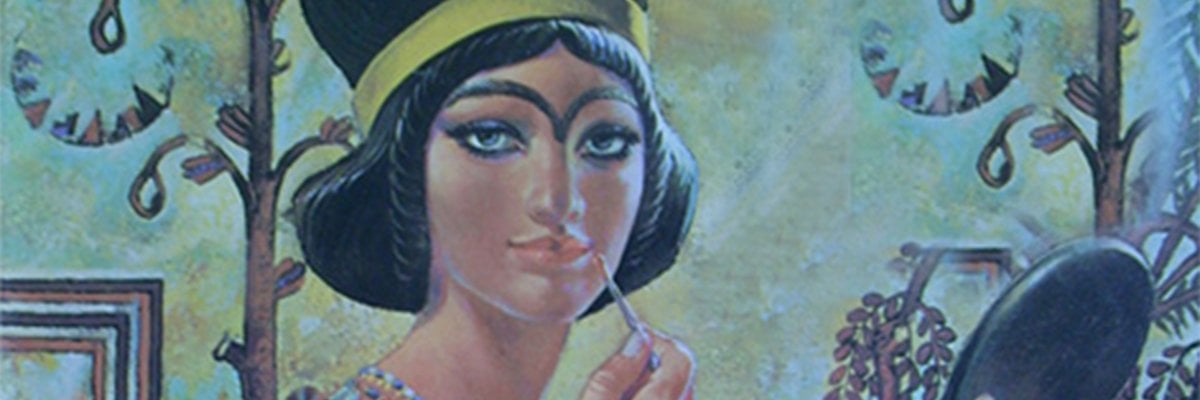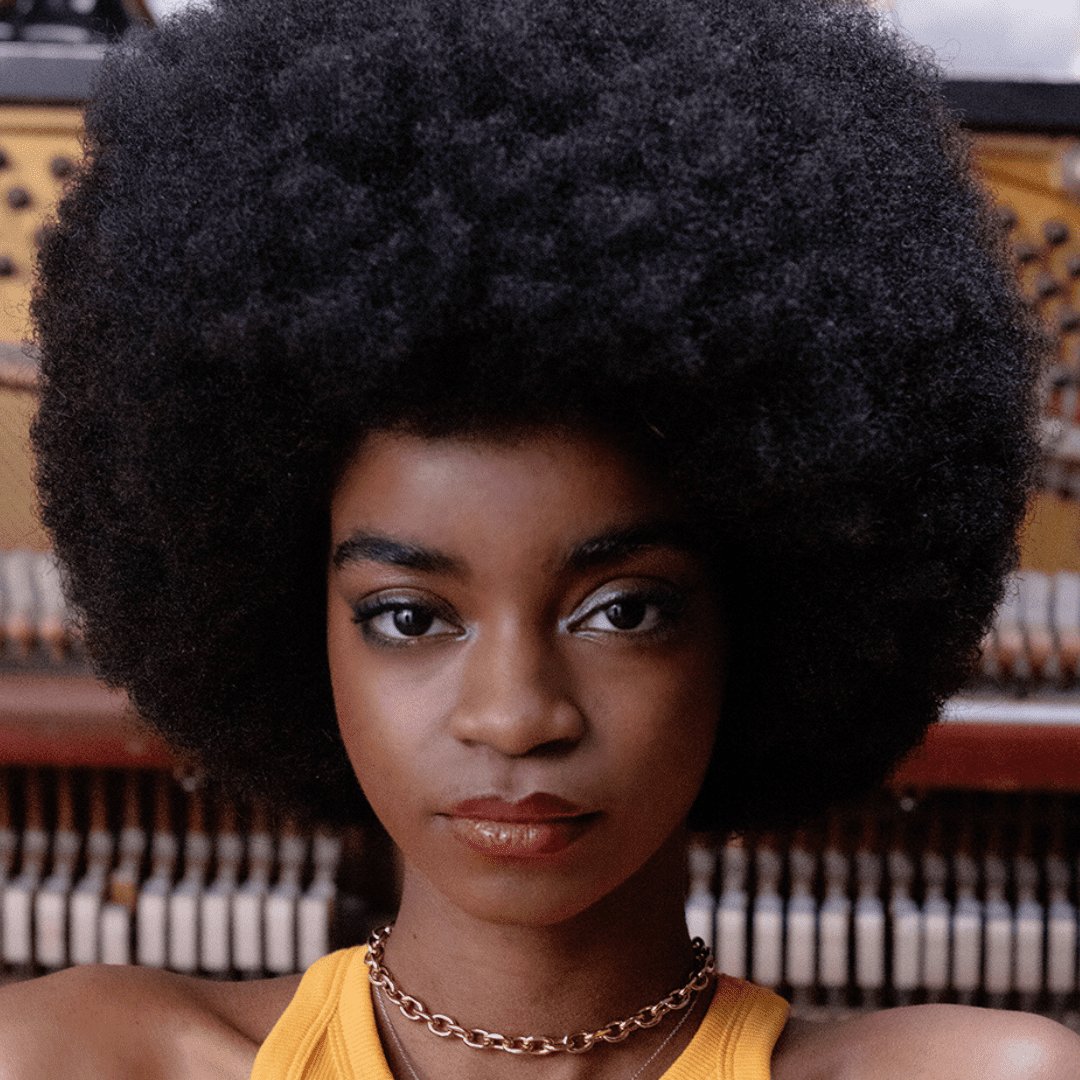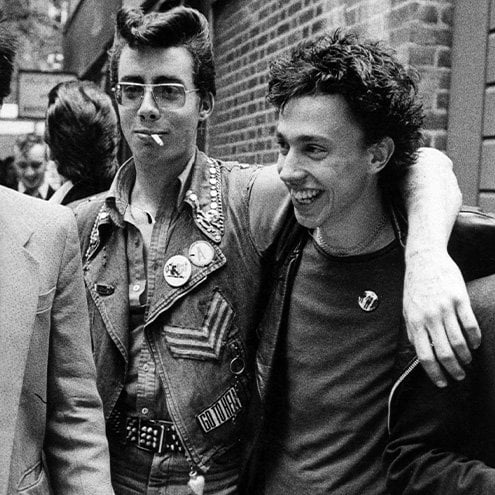Beauty is a human story
The desire for beauty is a universal aspiration that transcends time, borders and cultures, interwoven into the human story throughout history. It embodies a significant quest that goes beyond mere physical appearance, influencing both our individual and collective identities. From ancient societies to contemporary digital realms, each culture has its unique approach to beauty. Join us on a journey through the ages as we explore the enduring pursuit of beauty and its profound impact on the human experience.

Beauty is a universal quest
Beauty practices are found across all cultures. Just like words put together, beauty, as a dynamic language, varies extensively, mirroring the cultural and social nuances of different societies. Delving into ancient civilizations reveals beauty as a key reference, illustrating the diversity and richness of human cultural expression.
A timeless need
Humans have been using beauty products from time immemorial. 350,000 years ago, early humans were already using powders and ornaments to embellish the human body, revealing an early focus on personal care and appearance. From Homo erectus to the Metaverse, no human culture or civilization has survived without the need for beauty.
Prehistory: the symbolic value of beauty
In ancient times, different cultures used beauty rituals for skincare and protection. Around 350,000 years ago, early humans began using a natural pigment, ochre, as a cosmetic. Evidence of ochre use has been found at paleolithic archeological sites, notably in the burial grounds of Sungir, Russia. Here, skeletal remains adorned with ochre and mammoth ivory beads suggest a deep cultural significance attached to embellishment. It indicates that even in prehistoric times, individuals recognized the importance of personal appearance and the symbolic value of beauty.
Ancient Egypt: a golden age for cosmetics
In antiquity, as early as 10,000 BC, Egyptians were using oils and ointments for skincare, to promote well-being and health.
Ash-paste exfoliants, red blush made from poppies, sacred oils, unguents, kohl, henna and other cosmetics were used by the Ancient Egyptians for esthetic, medical and religious reasons. Makeup palettes were buried with the dead for use in the afterlife. The Egyptians also practiced synthetic chemistry and developed perfumes based on the olfactive pyramid. The Eye of Horus, lined with kohl, symbolized integrity, health and salvation.

Europe: the art of fragrance
While the art of perfume-making originated in ancient Mesopotamia, modern-day perfume is synonymous with the European continent. Following the emergence of perfumery during the reign of Louis XIV in France, it has become deeply ingrained in French and European heritage and culture. The creators of some of the world’s most prestigious scents are based in Paris, while further south in the hills of Provence-Alps-Côte d’Azur, Pays de Grasse is known as the perfume capital of the world. Today, fragrances are perceived as an essential part of life in Europe.
When lipstick adds color to life
Lipstick has long played a valuable role in culture and society. It is thought that the ancient Sumerians of Mesopotamia (now south-central Iraq) were the first to add color to their lips and there is evidence that other civilizations followed suit. The first commercial lipstick was created in Paris in 1884, formally creating an iconic means of self-expression.

An olfactory renaissance
Since the health crisis, where the loss of the sense of smell, known as anosmia, affected almost 53% of people affected by the virus, our world has become aware of the essentiality of fragrance. Today, our world is intoxicated with perfumes. Sales are soaring – with perfumery experiencing the fastest growth in the entire beauty industry (+15% by 2022). This new olfactory passion is particularly appealing to the younger generation, new markets attracted by sophisticated perfumery (China), and fast-growing collections of niche fragrances.
On the Tik-Tok platform, the hashtag #PerfumeTok has more than 6 billion views to date. Under the influence of social networks, online purchases are exploding (13% of sales in France). Among Gen Z in search of sensorially, olfactory codes are changing, they are moving towards less gendered, more persistent ‘juices’, with unique, strong, and bold signatures that dress and singularize a personality.
In Europe, nearly 89% of people believe that a fragrance or aroma can have an impact on their well-being, according to a study conducted by the Givaudan group in 2019. And 68% of women consider fragrance to be an important or very important part of their daily lives, according to an IFOP/Cosmetics Europe study in 2022.

Symbolic armor
During World War II, cosmetics were rationed in the U.K., except for lipstick! Winston Churchill recognized its positive impact on morale. The Red Cross even handed it out to women serving in the army. Helena Rubenstein created the ‘Regimental Red’ shade for the U.S. military
Self-care: a vital mental tool
Skincare rituals have evolved throughout history, reflecting the cultural narratives of beauty, wellness, and self-care. In recent times, the significance of skincare routines has grown, particularly during and after the COVID-19 pandemic. In today’s more rational world, where we experience almost everything through a screen, we are perhaps losing a vital link to our senses. But using cosmetic products can help us reconnect us to a world of sensations: they reintroduce touch, texture and smells in our lives. They add a little colour to our grey and sometimes mundane existence and anchor us in ourselves.
Beauty rituals can act to soothe, invigorate and centre us. These rituals not only help maintain physical health and well-being, but also serve as a vital tool for mental health, offering stability and structure during challenging times. 80.9% of Europeans consider skincare products as important or very important in their daily life (Cosmetics Europe 2022).
Beauty brings magic to our lives
By looking in the mirror we can gain self-confidence, self-esteem, objectivity and discernment. Beauty opens us also a vast space for creativity. As self-artists, we enhance and embellish our own lives with skincare, blush and brushes. By taking care of ourselves, we accept our uniqueness. The quest for beauty immerses us in a full, vibrant and harmonious relationship with the world. It has the power to bring magic to our lives.


The great male renunciation?
The end of ornaments
A rejection of royal ornaments? Fear of feminization? In Europe, towards the end of the 18th century, men turned their backs on their beauty aspirations. They rejected makeup and bright, colorful clothes. In the 1930s, English psychoanalyst John Carl Flügel theorized this major shift in the history of clothing.
The suit’s monopoly on male dress
In the 19th century, men’s refined forms of dress were replaced by the austere and pragmatic suit. “Men renounced their claim to beauty”, wrote Flügel. “They elected utility as the one and only end.”
Masculine coquetry
Since time immemorial, men have always been flirtatious. But in a more or less assumed and visible way, depending on the era. In Prehistory, the latest beauty must-haves included new soil-based body-paints, which allowed people to paint themselves the color of the sun. Paintings found on the pre-historic caves showed that men and women back then used make-up to show their ranks in the tribe or express readiness to procreate.
Parity in the use of make-up has been present throughout history. The line of black khôl that stretches the eye is part of the Pharaoh's “beauty” panoply. It refers to the eye of the sacred falcon, Horus. Khôl protects against evil spirits, as well as eye infections, sun glare and irritating desert winds. It is still widely used by Berbers of both sexes. In ancient Greece, and later in Rome, the canons of beauty for both sexes were a mouth and cheeks reddened with strawberry or blackberry, and eyes blackened with ash.
The end of ornaments
At Court, from the 16th to the 18th century, men and women alike sported powdery white faces. They also sported red cheekbones. All signs of aristocratic distinction. A rejection of royal ornaments? Fear of feminization? In Europe, towards the end of the 18th century, men turned their backs on their beauty aspirations. They rejected the use of makeup and bright, colorful clothes. In the 19th century, men’s refined forms of dress were replaced by the pragmatic suit. Men renounced their claim to beauty.
A contested model
Men then put their coquetry back on the maintenance of their hands and body hair. Sideburns, beards and moustaches grew up and required a lot of attention. Men's make-up fell completely into disuse. Inspired by pop icon David Bowie, counterculture (rock, punk, pop, etc.) and more recently LGBTQIA+ movements have upended these norms. They aim to reclaim the right to bodily adornment, a source of self-expression and affirmation - regardless of gender.
In the early 1980s, the stylist Jean-Paul Gaultier launched the first cosmetics line for men. The male face once again flirted openly with coquetry. Today, more and more men wear makeup and take care of their skin, both for themselves and others. In Japan and South Korea, in particular, men’s cosmetics are booming among Gen Zers. Young males use skincare and flaunt their unashamedly colored hair, foundation, lipstick and eye pencil.

Revolution is in the air - When beauty rhymes with social progress
In all cultures and across all time periods, cosmetics have played a pivotal role in social cohesion. From traditional signs to those preferred by counter-culture movements, they strengthen ties.
In the 1920s, the boyish bob was all the rage. Cutting their hair short, symbolized women’s entry into a new era of female independence.
In the 1970s, long hair on both women and men became a symbol of sexual liberation.
The Black Is Beautiful movement comes with its own beauty codes, including the return of Afro styles and a rejection of hair straightening.
Birth of the silver-glass mirror
While our fascination with beauty is a constant throughout history, every period has its own norms and definitions. Beauty is a mirror of society. So, what changes does beauty reflect? In the 17th century, the men and women of the French courts used wigs and make-up to denote their social status and form a group identity. And, in the mid-19th century, an industrial innovation enabled the mass-production of the silver-glass mirror, which allowed the majority of people to see themselves for the very first time.

Embodying an anti-conformist attitude
Young people affirm their independence and impose their own norms: punk and heavy metal music embody an anti-conformist attitude. Their makeup, hairstyles and outfits counter every rule of ‘good taste’ to express young people’s unease and revolt in the 1970s. In the 1990s, Kurt Cobain led the grunge trend, wearing makeup and a dress to protest homophobia.
Counter-culture signs
Tattoos, mohawks, grunge-style shaved heads, gothic makeup, manga style, Afros and more have all been used as symbols of counterculture. From British punk style to manga culture in Japan and the ‘Black is Beautiful’ movement, people regularly transgress perceived beauty norms to create countercultures. Every generation and each era develop its own beauty language. Transgression, rejection of social norms, destruction of stereotypes, a space for creativity… Breaking with traditional beauty standards has always been a means for younger generations to affirm their independence and identity.
Seize what’s starting: the L’Oréal adventure
At the turn of the 20th Century, changing the color of your hair was becoming increasingly fashionable, however the products available at the time had potentially dangerous side effects, or simply did not work. All this changed in 1909 when Eugène Schueller, the founder of L’Oréal, a young chemist with an entrepreneurial spirit developed the first-ever safe hair dye allowing women to sport the fashionable blonde hair of the times, without the dangerous side-effects. For the past 115 years, L’Oréal has been dedicated to beauty, and beauty alone, putting science at the service of beauty to develop the best cosmetic products for each and every beauty need and desire.
Women’s emancipation
In the 1930s, paid holidays became a reality for many, with millions flocking to the beach for their first summer holidays. To address this new need, and the potential public health concern, in 1935, Schueller invented Ambre Solaire, the first sunscreen oil with its timeless fragrance, which soon became a symbol of women’s emancipation and the liberation of bodies.
In the 1960s and ‘70s, Beauty entered a new dimension with L’Oréal. It was no longer just about hygiene and esthetics but now also about self-confidence. One of the world's best-known slogans was born: Because I’m worth it… First coined by L’Oréal Paris in 1971, and now the famous beauty claim in the world, this line hopes to empower women of all ages, origins and walks of life to believe in their own beauty and sense of worth. It was provocative in its day to say the least and remains every bit as necessary and relevant today.
A socio-cultural marker
To understand consumer aspirations, the cultural sphere is essential. Music, series, films, festivals, books, gaming, Web3, activism, etc. Makeup is about expressing and sharing likes. It sets apart creative communities and reflects the way consumers come together.
Expressing a point of view
After every crisis, we feel a need to create and express ourselves. And makeup is a powerful means of collective expression. It is incredibly reassuring to take back power over our lives by shaping our faces. Today makeup artists come from other transformative spheres, like queer and drag. They explore hybrid identities, at the border between genders and between the real and virtual worlds. Both individual and collective, makeup helps people to express themselves in new ways and express their worldview.
Beauty is about freedom
In the Internet era, the body has become the ultimate site for contesting the norm. In our rapidly changing world, the individual has seized power. People expect beauty to help them physically express their unique choices and personality. Now more than ever, the quest for beauty is about freedom. Every beauty gesture is an act of activism: for freedom, self-confidence, health, diversity and inclusion, and the planet.
